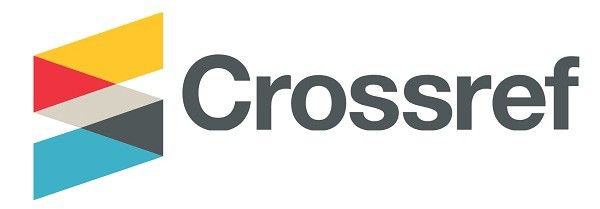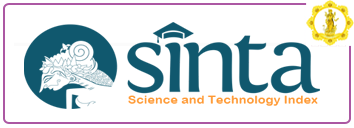MENUMBUHKAN KEMAMPUAN REGULASI EMOSI SISWA PADA USIA REMAJA MELALUI PRAKTIK PRANAYAMA DAN BUTTERFLY HUG
DOI:
https://doi.org/10.25078/sa.v4i1.3233Keywords:
Emotion regulation; Youth students; Pranayama; and Butterfly hug.Abstract
The emotional changes that occur in adolescence have a great impact on the lives of adolescents. The emotions experienced by students in adolescence usually tend to be more explosive. Adolescents who have low emotional regulation can experience various forms of adolescent psychopathology, both from internal and external disorders. To foster students' emotional regulation skills in adolescence, pranayama and butterfly hug exercises can be a habitual practice; The purpose of writing this article is to find out how to cultivate students' emotional regulation skills in adolescence through pranayama and butterfly hug; The method used is qualitative method, using qualitative descriptive analysis; The result of this article is that through the practice of paranayama and butterfly hug, students in adolescence will practice to be more sensitive and aware to listen and embrace themselves as a whole, so that this will slowly grow the ability to regulate emotions well; The conclusion in this article is that the factors that influence the emotional regulation of students at adolescence are age, gender, religiosity, personality, parenting, culture, the purpose of emotional regulation, the frequency of individuals doing emotional regulation and the ability of individuals to carry out emotional regulation. Cultivating students' emotional regulation skills at adolescence can be done habituating pranayama practices, especially nadhi sodhana paranayama and accompanied by butterfly hugs.
References
Anggriawan, F. (2014). Humaniora. Diakses pada tanggal 06 Juli 2023, dari link SINDONEWS.com:http://nasional.sindonews.com/read/906057/15/narkoba dikalangan-pelajar-mahasiswa-makin-parah-1411908498.
Anoraga, W. (2015). Liputan Khusus. Diakses pada tanggal 06 Juli 2023, dari link IndonesianReview.com:http://indonesianreview.com/wiraanoraga/pendidikan-kian-loyo.
Arviani, H., Subardja, N. C., dan Perdana, J. C. (2021). Mental Healing in Korean Drama “It’s Okay to Not Be Okay. JOSAR (Journal of Students Academic Research), 7(1), 32-4.
Betts, J., Gullone, E., & Allen, J. S. (2009). An Examination Of Emotion Regulation, Temperament, And Parenting Style As Potential Predictors Of Adolescent Depression Risk Status: A Correlational Study. British Journal of Developmental Psychology, 27(2), 473-485.
Gratz, K.L., & Roemer, L. (2004). Multidimensional Assessment of Emotion Regulation and Dysregulation: Development, Factor Structure, and Initial Validation of the Difficulties in Emotion Regulation Scale. Journal of Psychopatology and Behavioral Assesment, 26(1), 41-53.
Gross, J.J. (2007). Handbook Of Emotional Regulation. New York: The Guillford Press.
Nisfiannoor, M., & Kartika, Y. (2004). Hubungan antara Regulasi Emosi dan Penerimaan Kelompok Teman Sebaya pada Remaja. Jurnal Psikologi, 2 (1), 160-178.
Santrock, J. W. (2007). Remaja, Edisi Kesebelas. Jakarta: Erlangga.
Sarwono, S. (2013). Psikologi Remaja. Jakarta: PT. Raja Grafindo.
Sindhu, P. (2006). Hidup Sehat dan Seimbang dengan Yoga (1 st ed.). Qanita PT Mizan Pustaka.
Sena, I.G.M.W. (2020). Pranayama Sebagai Praktek dalam Mencegah Virus. Jurnal Yoga dan Kesehatan Institut Hindu Dharma Negeri Denpasar. Vol. 3(1). 1-12.
Sumardjono, P. (2014). Konseling Remaja. Yogyakarta: Ombak.
Sunartha, I.G.M. (2017). Pranayama Dalam Yoga. Diakses pada tanggal 06 Juli 2023 Dalam:http://dwijadauh.blogspot.com.
Downloads
Published
Issue
Section
License
Copyright (c) 2023 Sang Acharya: Jurnal Profesi Guru

This work is licensed under a Creative Commons Attribution-NonCommercial-NoDerivatives 4.0 International License.












